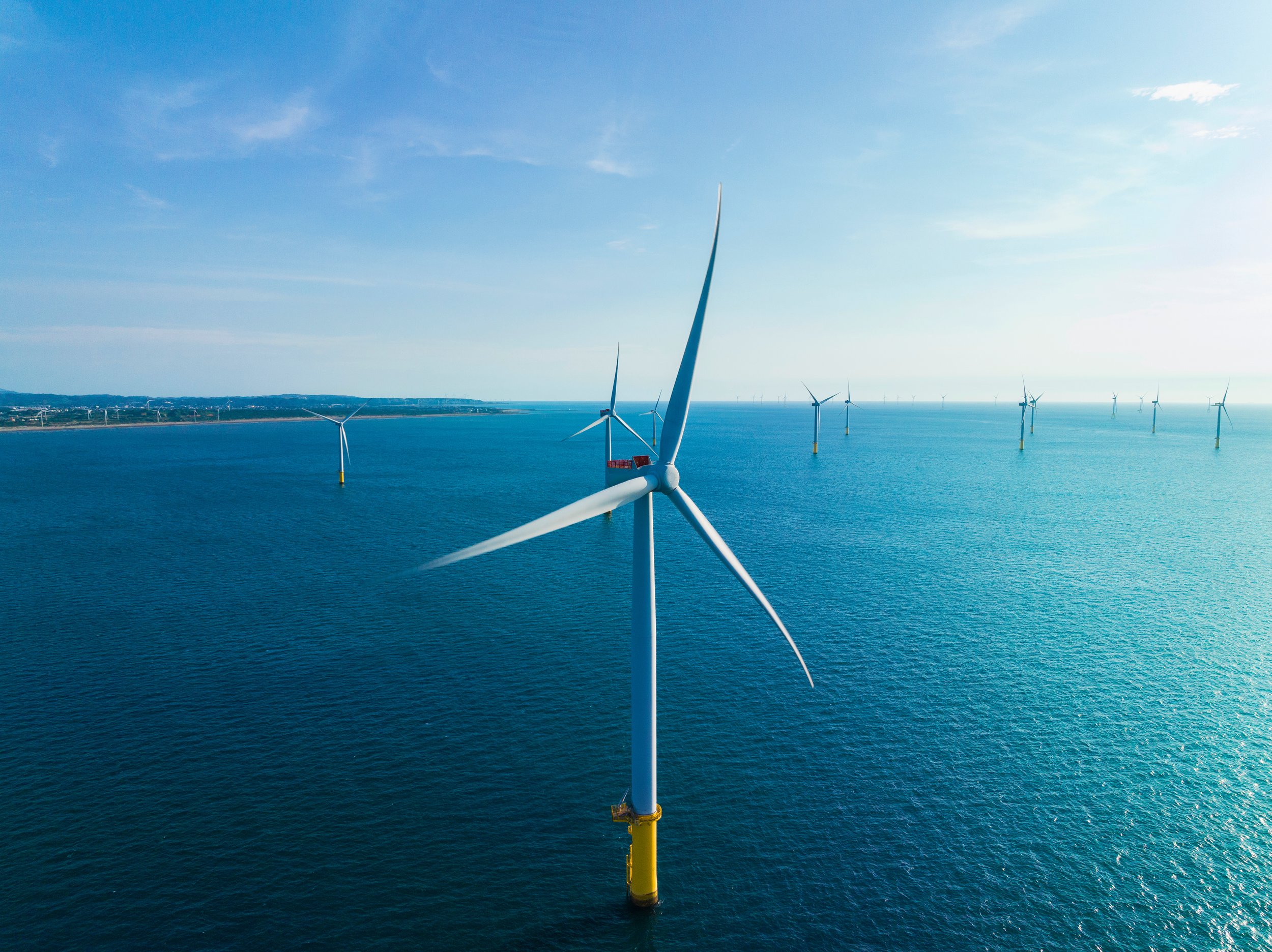Taiwan Round 3-2 Offshore Wind Auction
The Taiwan Ministry of Environment unveiled draft rules for the Round 3-2 offshore wind auction at the end of September, shedding light on adjustments to national offshore wind development restrictions. The auction will involve a two-phase selection process, beginning with a rigorous “performance review” assessing technical, financial, and industrial linkage commitments. Only developers meeting these high standards will progress to the “competitive evaluation” phase, where pricing and industrial linkage strategies will be decisive.
A significant change in the latest draft is the notable increase in maximum capacity, surpassing the previous 600MW cap. The top two bidders will now have capacity limits of 1,000MW and 800MW, respectively, while the others will retain a 600MW cap. The accumulated capacity of 3GW is expected to be opened in this round, with grid connections scheduled for the years 2028 and 2029. Notably, the contentious issue of nationalization barriers remains unresolved in this version of the rules, continuing to be a point of debate within the industry.
A crucial requirement for developers to participate is obtaining a preliminary EIA ticket. As of Oct. 4th, around 20-30 offshore wind EIA cases are under review, with the Wei Na Farm, which has already indicated its participation in the Round 3-2 led by Vena Energy, having already passed the preliminary review.
The impact of renewable energy procurement
While offshore wind power development in Taiwan may have faced delays, there is an anticipated substantial influx of offshore wind power into the grid between 2026 and 2030, reshaping Taiwan’s renewable energy landscape. Many renewable energy buyers expect price reduction with the integration of offshore wind power. However, the current structure of Taiwan’s renewable energy market poses challenges for companies seeking to sign offshore wind CPPAs. Strict financing and credit rating requirements limit CPPA accessibility to corporate buyers, except tier one manufacturers. The government intends to alleviate this barrier through public sector financing interventions. Additionally, some players in the renewable energy retail sector are exploring opportunities as offshore wind brokers.
In any scenario, the cost of offshore wind power will not be solely dependent on its interconnection to the grid. Subsequent steps taken by both the government and private sector will play a pivotal role in determining whether the cost will decrease in the future.

